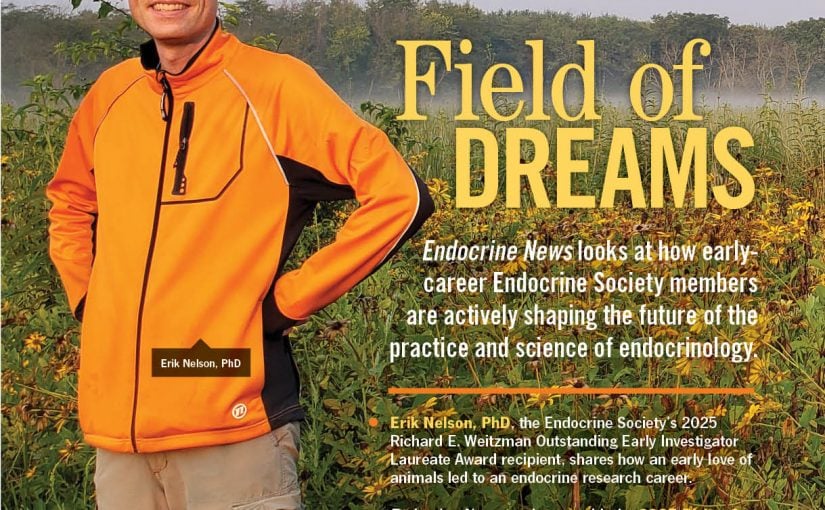By adolescence, most of our adult height is already achieved — only about 15% – 20% remains to be gained. This means that time is of the essence for those with idiopathic short stature (ISS), or children whose height is significantly below the average for their age and sex but without a readily identifiable medical cause. But time extension is now possible according to the recently published The Journal of Clinical Endocrinology & Metabolism article titled, “The combination of aromatase inhibitors and growth hormone treatment for idiopathic short stature in male adolescents.”
Typically, recombinant human growth hormone (rhGH) is used to delay bone maturity and promote height growth in teens with ISS. Yet this treatment is expensive and requires painful injections. Research has shown that third-generation aromatase inhibitors (AIs), such as letrozole and anastrozole, combined with rhGH, can inhibit estrogen synthesis, delay the progression of bone age, and increase adult height of children. However, this treatment for pubescent boys remains off-label or not U.S. Food and Drug Administration approved for this purpose, until further efficacy studies, such as this one, are performed.
The study authors note that long-term studies on cardiovascular and reproductive health of ISS patients who use this combination therapy are needed. They also state that use of this therapy should be on a patient-to-patient basis.
The study authors collected data over the past seven years from 96 adolescent boys with ISS ≥13 years who received treatment for more than 18 months at Tongji University in China. All patients received rhGH and either letrozole, anastrozole, or a gonadotropin-releasing hormone analogue (GnRHa), another standard treatment for ISS. Researchers followed the patients every three months until adult height, measuring hormone levels, the difference of predicted adult height for each treatment, and height velocity via blood tests and dual x-ray absorptiometry (DXA) every year. Additionally, the researchers reviewed height, body weight, and secondary sex characteristics, such as facial and body hair growth, every six months to one year after treatment.
Compared with the letrozole and GnRHa groups, the anastrozole and rhGH combination group showed the most significant increase in adult height. Absolute adult height achieved averaged 173.2 cm with anastrozole, versus 171.8 cm with letrozole and 170.4 cm with GnRHa. Similarly, the predicted adult height increase was larger with anastrozole (~11.06 cm) versus letrozole (~9.77 cm) and GnRHa (~8.09 cm). Previous clinical trials and meta‑analyses have shown that AI monotherapy or combinations with GH can lead to 2 – 4 cm gains in predicted or final height compared to controls.
Additionally, the anastrozole and rhGH group had fewer adverse reactions brought on by hyperandrogenism or excess testosterone, such as increased body hair, severe acne, and irritability, than the other two. Most of these adverse reactions were mild or disappeared after stopping the AI or adding the anti-androgen drug spironolactone.
As the field awaits larger, long‑term outcome data, this study represents an important step forward in refining hormonal strategies to support growth potential in adolescents with idiopathic short stature.
The study authors note that long-term studies on cardiovascular and reproductive health of ISS patients who use this combination therapy are needed. They also state that use of this therapy should be on a patient-to-patient basis. “Clinicians should consider the child’s individual characteristics and weigh the benefits of various treatments to select the optimal strategy,” the authors write.

